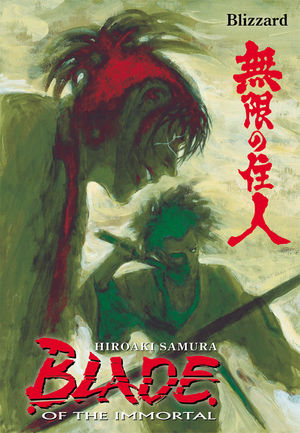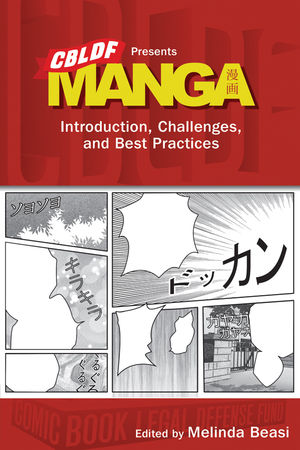Author: Junichi Ohsako Illustrator: Hiroaki Samura U.S. publisher: Dark Horse ISBN: 9781595823380 Released: January 2010 Original release: 2008 Hiroaki Samura's Blade of the Immortal was one …
Continue Reading about Blade of the Immortal: Legend of the Sword Demon →




